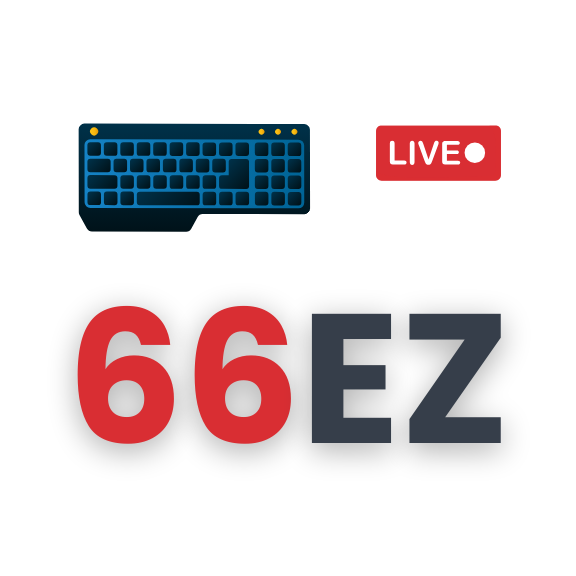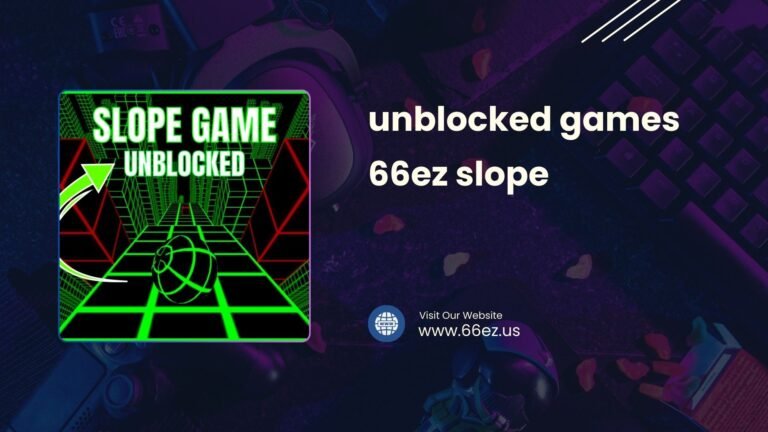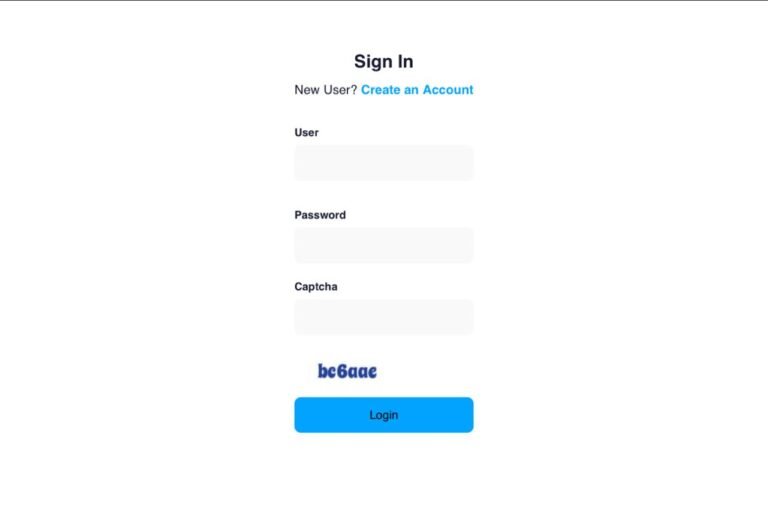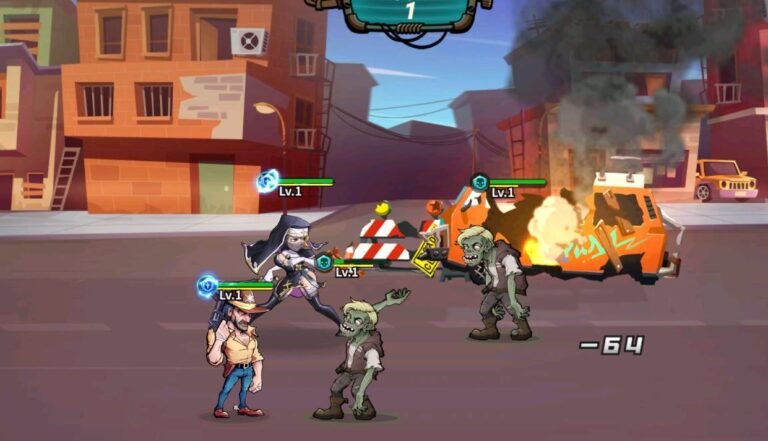
Video games are in extensive demand and are played by people of all ages. With the help of translation, these games are made understandable for a bunch of diverse audiences. A translation company acts as a perfect partner for gaming companies, allowing them to cater to a diverse audience speaking different languages. One thing to note here is that when it comes to translating games, the targeted languages are often the most spoken ones. This puts rare languages kind of in the background. This neglects the importance of these languages, and neglecting a language means neglecting its speakers as well.
In this read, we are going to explore game translation as well as how it helps gaming companies secure a large amount of audiences. We will also explain what these niche language markets are and why they are important for your game to scale in the global market.
Game Translation Throughout the Years
Game translation services are responsible for translating a game, its language, cultural elements, and other functional features as per the language of the target audiences. Over the years, gaming translation has evolved to a great degree. In the start, it was regarding the conversion of some words from the source to the target language. Game translation entered the gaming industry in the 1970s. In the start, it was arcade games that had the public’s attention. Japanese and US arcade games were present in the market in stadiums and gaming centers. Children and adults used to insert coins and play them. These games were played on pinball machines and foosball tables. Later, they were made compatible for computers and consoles.
Later in the 1980s, the Nintendo Game Boy entered the gaming market. The famous game of this era was Super Mario Bros, which was designed for Nintendo. This game was translated into French, German, Spanish, Dutch, and Italian. However, the in-game text was still in English. This type of translation and localization was called box and docs gaming localization. It was because only the manuals and box of the game were localized for the target audiences. During this type, translation and localization revolved around EFIGS, which stands for English, French, Italian, German, and Spanish languages. Nintendo had a few of the family-friendly rules because of which not every game was available on it. For instance, Top Secret: Hitler’s Revival contained few of the Nazi references. So when the game was translated for EFIGS, all Nazi references were removed from it. This ruined the original intent of the game.
In the 1990s, the shift from box and docs localization was changed and was turned to partial localization. Here, subtitles and the user interface were translated for the target audiences other than just the manual and box translation. The concept of voiceovers was still considered costly in the industry. Baldur’s Gate was the first-ever game that was completely localized in Spanish. There were hundreds and thousands of words and audio files that were localized. This game was released in 1998, and that is when the trend of complete localization started.
In 2000,. Game localization services had earned a reputation by then, and even the audience demanded localized games. And in today’s date, game localization has become necessary for gaming companies to make sure their game generates revenue in millions and billions.
The Forgotten Players of the Industry
Gaming localization surely takes your game to new and bigger markets. But one thing to note here is that when it comes to game localization, bigger markets are targeted; surely these markets, such as Japanese, English, Chinese, German, French, etc., are huge in area as well as in terms of audiences. This puts the minority language quite in the back, and as a result, they get neglected. It means that game players that speak minority languages, for instance, Malay, French Canadian., etc., can’t access these big blockbuster and AAA games. Hence, they are termed as forgotten players of the industry.
Though many minority language speakers speak and understand English, which is why they are able to understand the gameplay of these foreign games. These forgotten players are overlooked by game developers and publishers that represent an untapped potential of the society. Yes, EFIGS languages are the most spoken ones, and targeting these speakers is surely a wise decision in order to ensure that your game caters to millions and billions of gaming enthusiasts. These forgotten players are the ones that don’t speak your major languages.
Targeting the Niche Language Markets With Translation
Games are all about providing an extensive and inclusive experience to game lovers. When gaming companies don’t target niche language markets, they don’t follow these inclusivity factors that games are supposed to provide. Niche language markets are the ones where a language is spoken by a small community of people. When the goal of your gaming company is to ensure that your game is demanded by the global audiences, you need to make sure that you target markets that your rivals are overlooking. This will give your game a competitive edge.
A translation company will help you achieve your goal by providing you with native game translators who will bring contextual meaning to the translation. These players that you forget today can tomorrow become the biggest advocates of your game and take your game among the top games in the whole world.
Final Words!
To sum up, game translation guarantees that your game is completely adaptable for diverse gamers. Often during translation, minority languages are neglected, which means that gamers who speak these minority and less spoken languages are also neglected. This can make your game fall behind and not get the fame it deserves. Hence, by translating games for these niche language markets, your game can scale in the gaming market and generate a massive amount of revenue.




